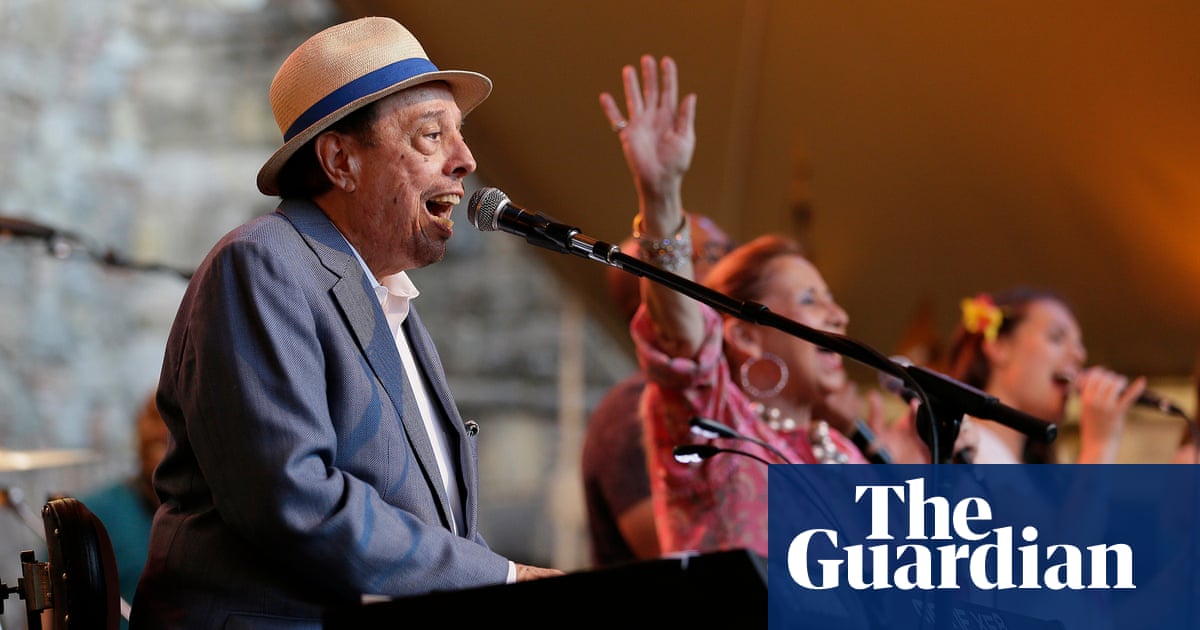Bringing Brazilian music to the world and the world to Brazilian music: for decades, this was Sérgio Mendes’s mission and passion.
The artist died on Friday at the age of 83, after a 60-year career that produced more than 35 albums.
A master of sparkling keys, flaring offbeat strides and enticing dissonances with harmonic elegance, Mendes not only popularised bossa nova globally, but developed a modern Brazilian take on the piano – a style that would pave the way for other musicians such as Eumir Deodato, Tania Maria and Amaro Freitas.
Moreover, he held the ground for Brazil in the jazz scene, adding a South American touch to Latin salsa and fuelling the novelties of the post-cool era. Where Tom Jobim adopted a contemplative stance in Garota de Ipanema, Mendes’s take on Mas Que Nada evoked a heaving a dance loungeQN.
The song, a magical puzzle of bossa nova, candomblé and rhythmic-laden guitar, was gaining momentum as a Brazilian standard when its composer, Jorge Ben Jor, met Mendes at a samba and jazz night in Rio in the early 1960s. It was Mendes’s pianist’s rendition, however, that made Mas Que Nada shine all over the world. Mendes places the piano centre stage in a samba circle, like a Brazillian Duke Ellington With his left hand, he then redraws Jor’s percussion-like guitar. With his right hand, he flaunts Latin piano-soaked phrases. The soothing finger snaps and crescendo vocals– “You won’t want me to finish it” – close the deal with carefree precision.
Such a pulsating piano seems natural for a musician who learned classical music at home while living in the belle époque of 1950s Rio – a time when Brazil was poised to be the country of the future, when samba and jazz collided in the city’s hip venues.
Born in Niterói, south-east Brazil, the young Mendes would take a one-hour boat ride across the city bay to attend concerts in the Beco das Garrafas neighbourhood, Rio’s version of New York’s 52nd Street. It didn’t take long for him to jump from spectator to performer: not only was he a master on the piano, he also knew his way around jazz standards by the likes of Dave Brubeck and Art Tatum.
After he performed at the legendary 1962 bossa nova concert at Carnegie Hall, New York, alongside João Gilberto, Jobim, and Luiz Bonfá, Mendes decided to make the US his home. He moved to Los Angeles in the mid-1960s, where he was later joined by other Brazilian artists such as Edu Lobo, Flora Purim and Sivuca.
As the military dictatorship took hold in Brazil in 1964, bossa nova faded away. Mendes, however, didn’t lose his grip on his signature sound, expanding on the styles developed by Stan Getz and Jobim, while aiming to break into the US entertainment industry.
From the late 60s to the 80s, Mendes maintained his Brazilian persona – attempting to recreate his golden era with new lineups of his stage band – while also exploring US pop and other experimental ideas. While the former resulted in regular takes on samba classics, as on the album Horizonte Aberto, the latter gave birth to obscure gems. The spiritual album Crystal Illusions and the summery disco Magical Lady, for instance, reveal an imaginative composer and skilled orchestrator. As an arranger, he teamed up with Pelé for the footballer’s 1977 debut album, which was used as the soundtrack for a self-titled documentary about the soccer star.
Mendes enjoyed a resurgence in the 90s and he won a Grammy for his 1992 album Brasileiro. His 1966 debut album with the band Brazil ‘66, Herb Alpert Presents Sergio Mendes & Brasil ‘66, was inducted into the Grammy Hall of Fame in 2012 – making him and João Gilberto the only Brazillians on the list at the time.
Mendes’s work was revitalised in recent years by the likes of Erykah Badu and will.i.am of the Black Eyed Peas. In the 2000s, Mendes and will.i.am worked on a new version of Mas Que Nada, and the song made it into the Brazilian charts once again.
Their collaboration resulted in the 2006 album, Timeless, a star-studded work that showcased a musician eager to connect with a new audience. Tracks such as Bananeira, featuring Mr Vegas, meld dancehall and bossa nova; Q-Tip from A Tribe Called Quest creates a jazzy rap version of A Rã (The Frog); Jill Scott’s mellow vocals weave into Mendes’s fuzzy electric organs on Let Me; and the Brazilian hip-hop star Marcelo D2 brings Mendes back to his Rio roots.
In 2015, Mendes performed for a heaving crowd at the 3oth anniversary of the Rock in Rio festival in Brazil’s capital.
The concert was a fitting swansong for the artist. Having lived in the US for most of his career, Mendes experienced the bittersweet reality of being a Brazilian artist who made it big abroad. To the world, he was praised as the sound of Brazil. In Brazil, he was celebrated as a maestro, but seen by some as embodying the music of the past. Yet, it is precisely this ambivalence that made him an outstanding artist. Outside Brazil, Mendes found a global audience for the music of his native country.
